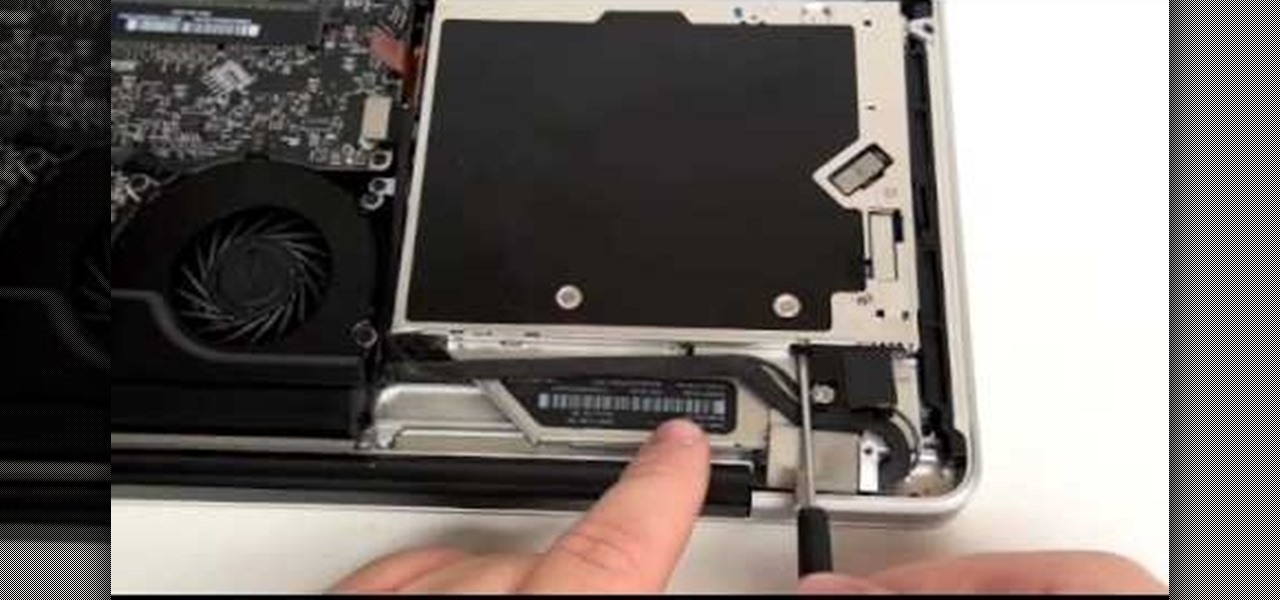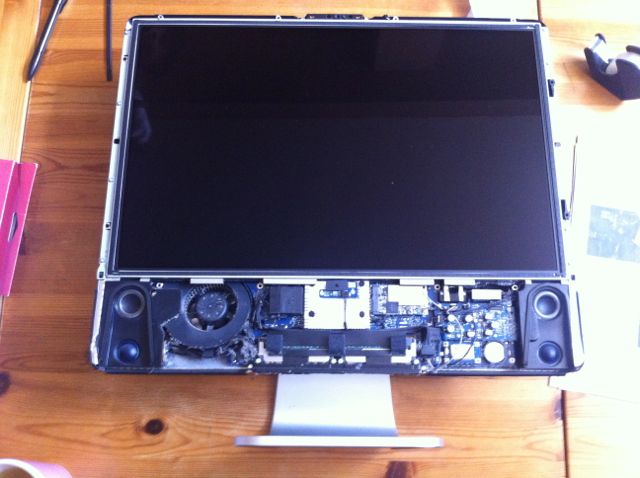

- #IMAC 2009 HARD DRIVE REPLACEMENT VIDEO HOW TO#
- #IMAC 2009 HARD DRIVE REPLACEMENT VIDEO UPGRADE#
- #IMAC 2009 HARD DRIVE REPLACEMENT VIDEO MAC#
Purchasing an M1-based MacBook Air finally pushed me over the edge.
#IMAC 2009 HARD DRIVE REPLACEMENT VIDEO MAC#
I soldiered on for another 18 months, through the Catalina release and then macOS 11 Big Sur, upgrading my Mac laptop to each in turn for researching and writing. Parallels Desktop requires heavy disk usage, and it was a slug alongside other apps, even with so much memory available. I chose the cheapest path again, which was upgrading to 64 GB of memory and selling my previous 32 GB to a friend. A shift to Catalina would require additional resources to run a virtual machine effectively so I could keep Mojave available for those two apps (see “ Moving to Catalina: Keep Your 32-Bit Mac Apps Running with Parallels,” 18 September 2019). It was only once I upgraded to 10.14 Mojave that I found myself waiting seemingly forever for apps to launch and disk-intensive tasks to finish.Īs I grew increasingly frustrated, 10.15 Catalina appeared in late 2019, and I had two critical 32-bit apps I wanted to keep using indefinitely. The Fusion Drive initially suited me well with macOS 10.12 Sierra and seemed to sail through 10.13 High Sierra without causing me grief. I didn’t notice the performance tradeoff most of the time. (See “ iMac 1 TB Fusion Drives Have Smaller SSDs,” 7 August 2017.) However, Apple had just shifted to including substantially smaller SSDs in Fusion Drives, which I believe ultimately became a huge liability.
#IMAC 2009 HARD DRIVE REPLACEMENT VIDEO UPGRADE#
At the time, spending $300 for a 512 GB SSD didn’t make sense because I needed more storage, and $700 for the 1 TB SSD upgrade was too dear for my budget. While I had configured it with 32 GB of memory, I opted for a 1 TB Fusion Drive, Apple’s combination of a fast, low-capacity SSD with a slow 5400 rpm, high-capacity hard drive. When I bought the iMac, I unfortunately cheaped out in one important regard. But it took me until two weeks ago to truly unleash its power. When I purchased a quad-core 21.5-inch iMac with Retina display in 2017 and added a secondary 4K display, I felt that I had spent the right amount of money relative to my needs. With a few delightful exceptions that involve printing history and letterpress, I spend most of my day looking at a screen, tapping away on a keyboard, and manipulating a mouse. #1604: Universal Control how-to, show proxy icons in Monterey, Eat Your Books cookbook indexĪn External SSD Gave My iMac a New Lease on Life.#1605: OS updates with security and bug fixes, April Fools article retrospective, Audio Hijack 4, 5G home Internet.#1606: Apple's self-sabotaging App Store policies, edit Slack messages easily, WWDC 2022 dates.

#1607: TidBITS 32nd anniversary, moving from 1Password to KeePass, pasting plain text, Mail fixes anchor links, RIP Eolake.

#IMAC 2009 HARD DRIVE REPLACEMENT VIDEO HOW TO#
#1608: How to test Internet responsiveness, Wordle takeoffs, understand cryptocurrency.


 0 kommentar(er)
0 kommentar(er)
